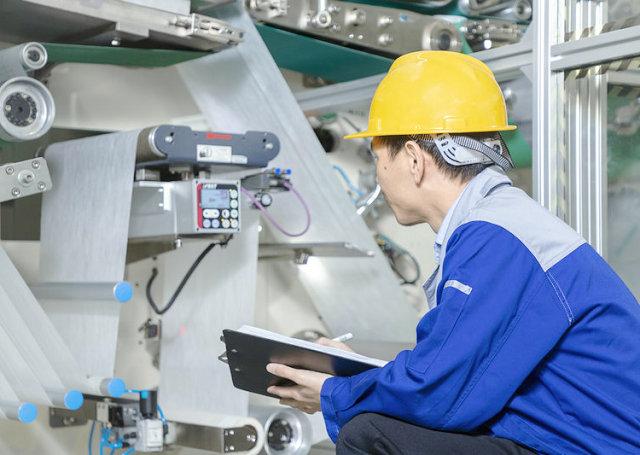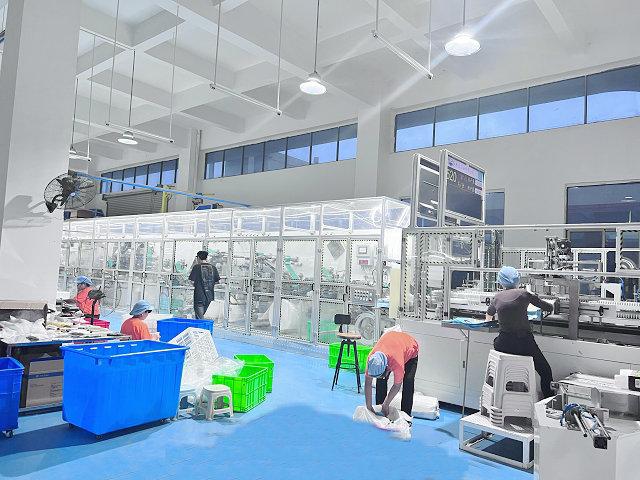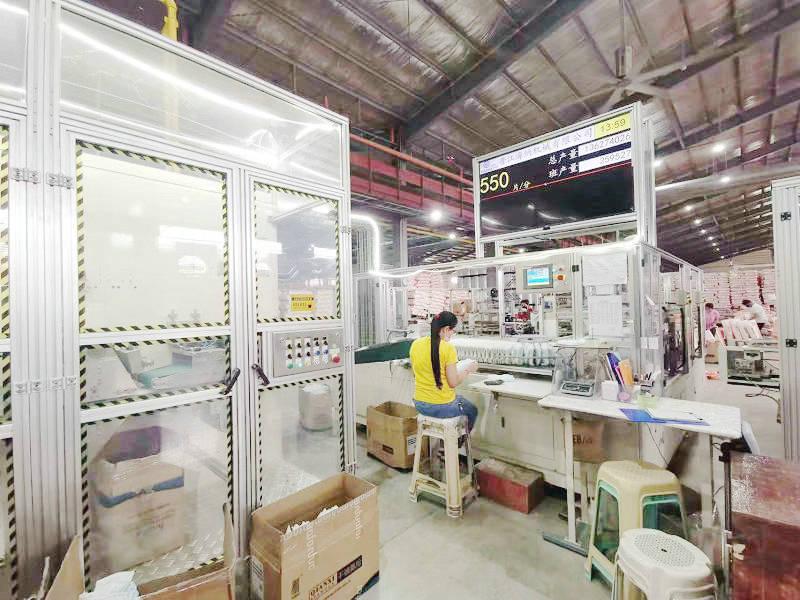Author:Haina Machinery Factory FROM:Diaper Machinery Manufacturer TIME:2023-09-09
Essential Product Knowledge for Baby Diaper Production Line

The baby diaper industry plays a crucial role in meeting the hygiene needs of infants and toddlers worldwide. With increasing demand, the production of baby diapers has become an essential aspect of the hygiene products sector. To ensure the quality and efficiency of diaper production, it is vital to have a comprehensive understanding of the essential product knowledge related to the manufacturing process. This article aims to provide an overview of the key aspects involved in the production of baby diapers.

The quality of raw materials used in baby diaper production significantly impacts the final product's effectiveness and comfort. The primary components of a diaper include a topsheet, absorbent core, backsheet, and adhesive tapes. The topsheet, typically made of non-woven fabric, should be soft and breathable to prevent rashes and skin irritations. The absorbent core requires high-quality fluff pulp and superabsorbent polymers to provide efficient liquid absorption and containment. The backsheet, usually made of polyethylene film, acts as a waterproof barrier. The adhesive tapes ensure a secure and adjustable fit. Understanding the characteristics and quality standards of these raw materials is essential for selecting reliable suppliers and ensuring the production of high-quality diapers.

The production process of baby diapers consists of several critical steps. First, the raw materials are unwound and fed into the production line. The topsheet, backsheet, and absorbent core are then bonded together using hot melt adhesives. To create the desired shape and structure, the components pass through various forming stations, where elastic bands and leg cuffs may also be applied. Next, the diapers are cut and folded into individual units. They then undergo quality checks, including testing for absorbency, elasticity, and overall integrity. Finally, the diapers are packaged, ready to be distributed to retailers and consumers. Proper understanding of each step and its associated machinery is essential for efficient production and maintaining consistent product quality.
Ensuring stringent quality control measures is vital for the success of a baby diaper production line. Quality control begins with comprehensive raw material inspection to ensure compliance with specified standards. Additionally, regular monitoring of production processes and thorough testing at various stages are necessary to identify and rectify any potential defects. Diapers should undergo performance tests, including absorbency, leakage prevention, and softness, to ensure they meet or exceed industry requirements. Implementing a robust quality control system helps maintain customer satisfaction and brand reputation.
In conclusion, having a sound understanding of the essential product knowledge related to the baby diaper production line is crucial for manufacturers in the hygiene products industry. From raw materials selection to the production process and quality control, every aspect plays a significant role in ensuring the production of high-quality diapers. By focusing on these key areas, manufacturers can meet the hygiene needs of infants and toddlers effectively while maintaining a competitive edge in the market.
